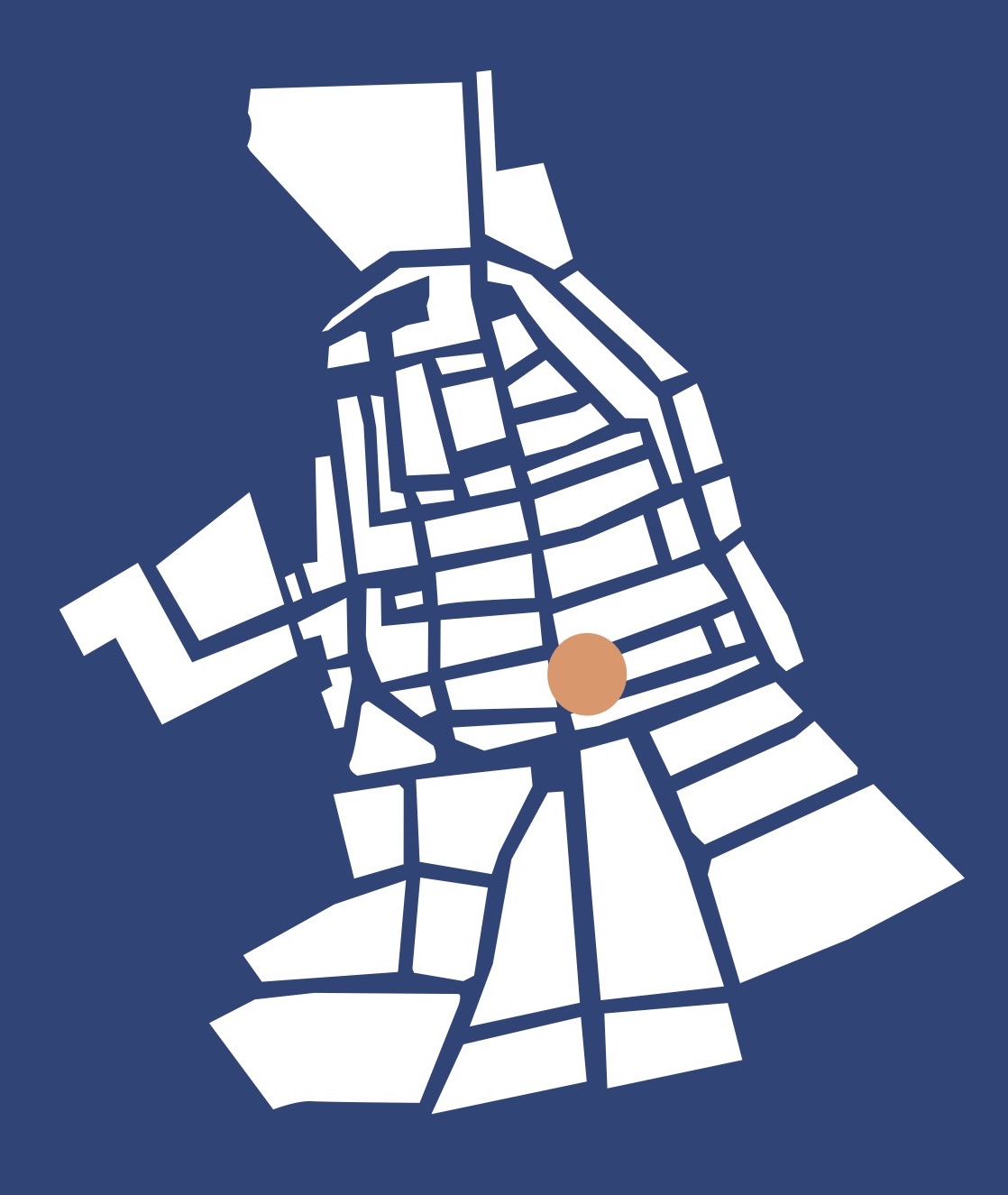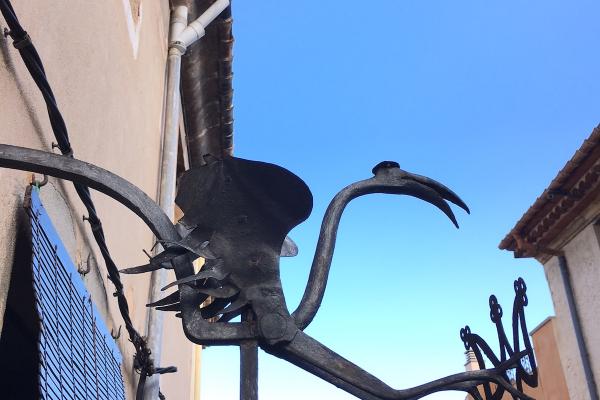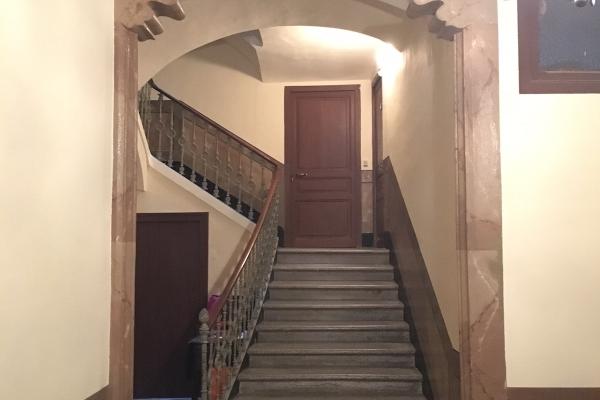Ca Carnicer is one of the largest houses on Carrer Major (main street). Since the eighteenth century, several different families of landowners and dried fruit merchants have lived in the house. In 1893, it was the headquarters of the Centre Republicà Silvense (La Selva Republican Centre) and, from 1910 to 1921, of L’Agrícola (agricultural association).
The house
The house popularly known as Ca Carnicer is the product of annexing several adjacent houses. Since 1793, it has boasted a façade decorated with neo-Classical features, such as the hydriai on its terrace and the paintings of the barbican. The balcony is also noteworthy, crowned with an eagle, which denoted support for Archduke Charles of Hapsburg.
The Fortuny family
The Fortuny family purchased the house in 1749. They were a family of landowners, the members of a local elite who enlarged both their agricultural heritage and the house on Carrer Major throughout the eighteenth and nineteenth centuries. They renovated the façade in 1793, giving it a unified appearance with neo-Classical features.
The Republican Centre and L’Agrícola
From 1892 onwards, part of the house was transferred to the ownership of the Baron de la Montoliva, Mariano de Magriñá, who donated it for the headquarters of La Selva Republican Centre in 1893. In 1910, Amàlia Jujol and Elvira Prats, the house’s owners, sold it to a group of local landowners who established the seat of La Selva’s Societat Agrícola (Agricultural Company) there, popularly known as L’Agrícola.
The Carnicer family
In 1921, Josep Maria Carnicer Ribas, an important dried-fruit merchant from Reus with strong ties to La Selva, purchased the house and enlarged the business started by his father in this town where hazelnut production was relevant in the second half of the nineteenth century. Since then, the house has remained within the Carnicer family.






